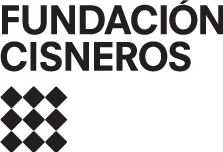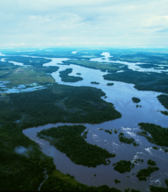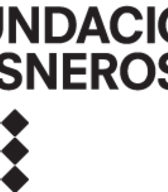Orinoco, Indians of the Amazon Rainforest
20 April 2011 - 28 April 2012 (prolonged to 2 September 2012)
 Itinerant Exhibition of the Orinoco Collection by Fundación Cisneros, Venezuela
Itinerant Exhibition of the Orinoco Collection by Fundación Cisneros, Venezuela
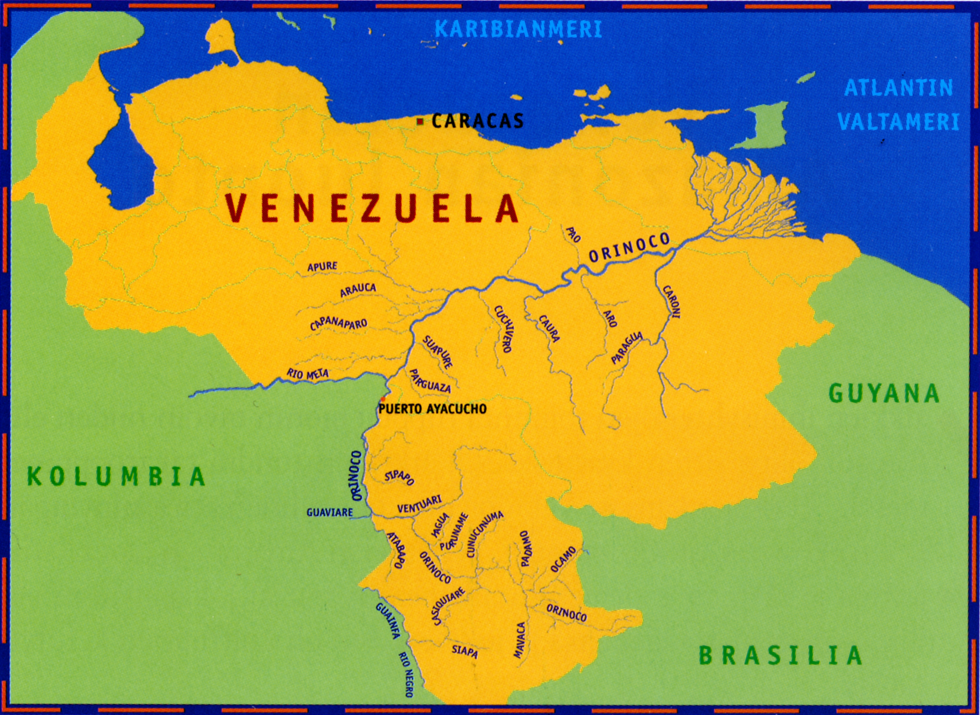 The exhibition Orinoco, Indians of the Amazon Rainforest tells of the sustainable lifestyle of twelve ethnic groups that have lived for centuries along the River Orinoco in southern Venezuela. The De’áruwa (Piaroa), Ye’kuana, Yanomami, Híwi (Guahibo), E’ñepa (Panare) and Hodi live in the Orinoco river basin in Amazonas. The Wakuenai (Curripaco), Baniwa (Baniva), Baré, Puinave, Warekena and Tsase (Piapoco) are from Guyana and the Rio Negra Amazon river basin in Brazil and Columbia. Placed in a rainforest ambience created through sounds and images, and divided into three sections – nature, everyday life, and systems of belief and rituals – they are shown in the forest, on the rivers and in their communal homes.
The exhibition Orinoco, Indians of the Amazon Rainforest tells of the sustainable lifestyle of twelve ethnic groups that have lived for centuries along the River Orinoco in southern Venezuela. The De’áruwa (Piaroa), Ye’kuana, Yanomami, Híwi (Guahibo), E’ñepa (Panare) and Hodi live in the Orinoco river basin in Amazonas. The Wakuenai (Curripaco), Baniwa (Baniva), Baré, Puinave, Warekena and Tsase (Piapoco) are from Guyana and the Rio Negra Amazon river basin in Brazil and Columbia. Placed in a rainforest ambience created through sounds and images, and divided into three sections – nature, everyday life, and systems of belief and rituals – they are shown in the forest, on the rivers and in their communal homes.
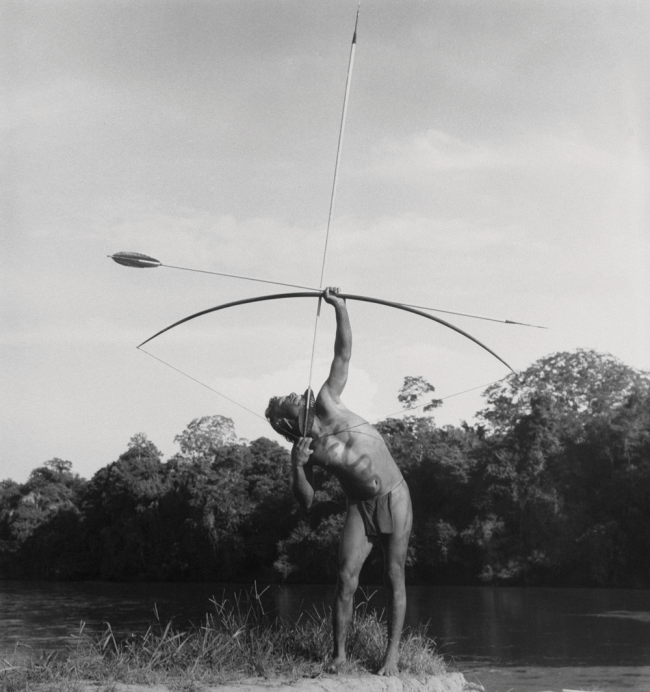 The exhibition includes a very wide range of objects (around 700) from ritual items – masks, decorations made from feathers, shaman's tools, sacred sticks and weapons – to a rich selection of jewellery: bracelets, necklaces and earrings. There is also a wide array of pipes, flutes, rattles and other instruments; objects from everyday life – canoes, paddles, dishes and textiles; and a fine assortment of unique, hand-woven baskets. All these objects clearly express the complex relationship between their users and nature: everything that originates from the rainforest must return to it. This is the first time the Slovene public has had such an extensive opportunity to hear the story of these little known cultures.
The exhibition includes a very wide range of objects (around 700) from ritual items – masks, decorations made from feathers, shaman's tools, sacred sticks and weapons – to a rich selection of jewellery: bracelets, necklaces and earrings. There is also a wide array of pipes, flutes, rattles and other instruments; objects from everyday life – canoes, paddles, dishes and textiles; and a fine assortment of unique, hand-woven baskets. All these objects clearly express the complex relationship between their users and nature: everything that originates from the rainforest must return to it. This is the first time the Slovene public has had such an extensive opportunity to hear the story of these little known cultures.
 The Venezuelan Indian population living in the Orinoco basin is one of the smallest in Latin America. It comprises many small ethnic groups, each with their own language and social system.
The Venezuelan Indian population living in the Orinoco basin is one of the smallest in Latin America. It comprises many small ethnic groups, each with their own language and social system.
Today many indigenous peoples have adapted to the new society, many have abandoned numerous elements of their culture, others have kept their identity, developing new forms of life. Amazonian Indians have traditionally lived far away from population centres, surviving by hunting, fishing, and farming the land. In their worldview, people and nature together form a whole in which everything has its proper place.
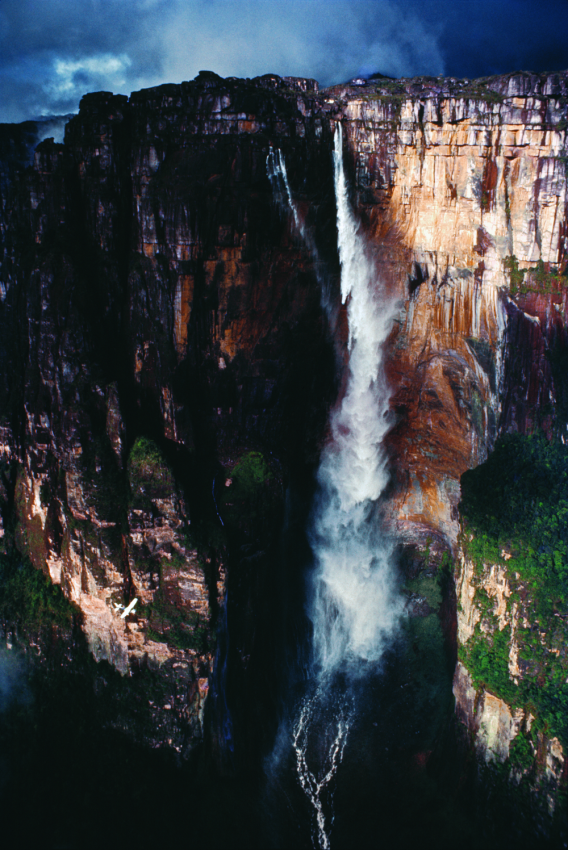 The exhibition indirectly brings into sharp relief the question of whether small peoples can today still preserve their way of life and their living environment considering the devastation taking place in the tropical rainforest delicate ecosystem, which is jeopardising the global ecological equilibrium. The preservation of rainforests is imperative to the survival of both the Amazonian Indian cultures and the planet as a whole.
The exhibition indirectly brings into sharp relief the question of whether small peoples can today still preserve their way of life and their living environment considering the devastation taking place in the tropical rainforest delicate ecosystem, which is jeopardising the global ecological equilibrium. The preservation of rainforests is imperative to the survival of both the Amazonian Indian cultures and the planet as a whole.
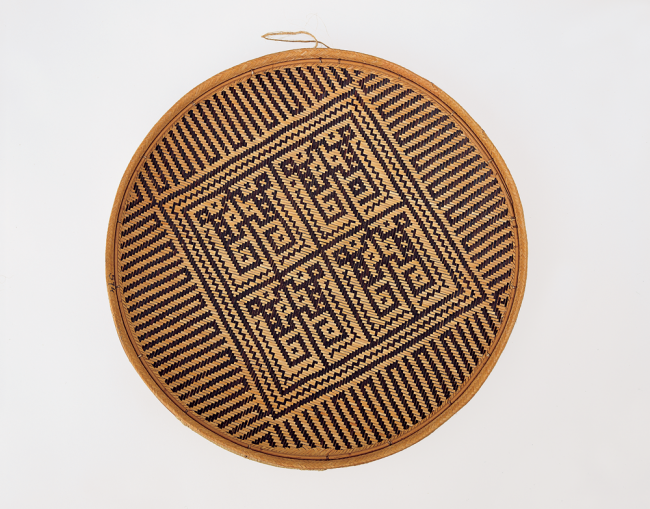 The Orinoco Collection, owned by the Fundación Cisneros, is the largest and most beautiful collection of ethnographic artefacts in Venezuela. A passionate vision of the indigenous world was the driving force behind the quest to study and preserve this collection - a result of almost fifty years of systematic work by Edgardo Gonzalez Niño, with the recent addition of part of the collection owned by Dr. Walter Coppens, and the extraordinary photographic documentation of the region by Charles Brewer Carías.
The Orinoco Collection, owned by the Fundación Cisneros, is the largest and most beautiful collection of ethnographic artefacts in Venezuela. A passionate vision of the indigenous world was the driving force behind the quest to study and preserve this collection - a result of almost fifty years of systematic work by Edgardo Gonzalez Niño, with the recent addition of part of the collection owned by Dr. Walter Coppens, and the extraordinary photographic documentation of the region by Charles Brewer Carías.
Of major importance have been the patience and perseverance of Patricia and Gustavo Cisneros, who with deep respect for these peoples and their life style have collected a significant number of objects, and have also made possible their study and conservation, as well as sharing them with people in different parts of the world.
The Orinoco collection brings together an array of objects that show the material and spiritual culture of twelve indigenous societies, who live in the Orinoco river basin. These people come from Brazil and Colombia, but also live on the border of the Venezuelan Amazon River basin in the region of the Guanía and Negro Rivers.
 The Orinoco is the world's third largest river. It divides Venezuela in the two parts: the populated north and the unspoilt south. The Orinoco is navigable for 1,670 kilometres with a vast water network, containing some 300 channels, of over 30,000km2, which serve as important transportation artery in the Estado Amazonas of Venezuela. The name Orinoco is derived from the Warao Indians’ words wiri (meaning where we paddle) and noko (meaning a place) i.e., a navigable place. The rich fauna and flora surround the river, which is an inexhaustible source of timber and commercial products, fruits and vegetables, such as cassava, a basic food for indigenous tribes settled on the banks of the river, parallel to the booming settlements that emerged as a consequence of the exploitation of iron, bauxite, gold, diamonds and, more recently, oil. European explorers have been fascinated by the natural environment in the Amazonas region for centuries – its verdant scenery, enriched with table mountains with sheer cliffs, called tepuyes, the plains, and the jungle that make Venezuela the home of so many natural wonders.
The Orinoco is the world's third largest river. It divides Venezuela in the two parts: the populated north and the unspoilt south. The Orinoco is navigable for 1,670 kilometres with a vast water network, containing some 300 channels, of over 30,000km2, which serve as important transportation artery in the Estado Amazonas of Venezuela. The name Orinoco is derived from the Warao Indians’ words wiri (meaning where we paddle) and noko (meaning a place) i.e., a navigable place. The rich fauna and flora surround the river, which is an inexhaustible source of timber and commercial products, fruits and vegetables, such as cassava, a basic food for indigenous tribes settled on the banks of the river, parallel to the booming settlements that emerged as a consequence of the exploitation of iron, bauxite, gold, diamonds and, more recently, oil. European explorers have been fascinated by the natural environment in the Amazonas region for centuries – its verdant scenery, enriched with table mountains with sheer cliffs, called tepuyes, the plains, and the jungle that make Venezuela the home of so many natural wonders.
The Estado Amazonas of Venezuela is one of twelve federal states of Venezuela, it is nine times the size of Slovenia, but with only about 142,000 inhabitants. This is the territory where most of indigenous populations made their home in harmony with the magnificent natural surroundings. Venezuelan Amazonas is one of the best preserved natural areas in the world.
Foto: Charles Brewer Carías, Edgardo Gonzáles Niño
